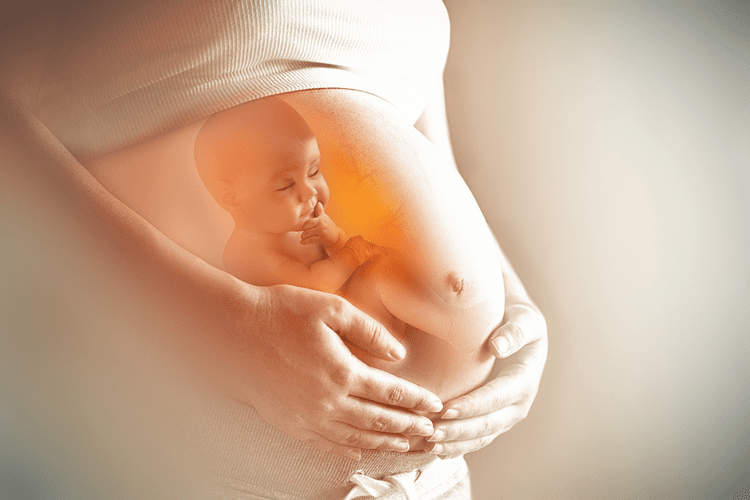One primary mechanism that alcohol can contribute to http://www.k2x2.info/psihologija/_zhazhda_celostnosti_narkomanija_i_duhovnyi_krizis/p6.php dementia is through Alcohol-Related Brain Injury (ARBI). According to Dr. Wint, ARBI happens when alcohol directly damages the brain by excessively stimulating nerve cells and harming the brain’s white matter. White matter is composed of nerve fibers essential for transmitting messages throughout the brain. ARD is a type of cognitive impairment that occurs as a result of heavy alcohol consumption over a long period. The two terms “alcoholism” and “aging” retrieved about 1,350 papers; adding phrases (for example, “postmortem” or “magnetic resonance”) limited the number to fewer than 100 papers. As pertinent postmortem pathology papers were published in the 1950s and recent animal models of Alzheimer’s disease were created in the early 2000s, articles referenced span the years 1957 to 2024.
What is Alcohol-related ‘dementia’?
Patients typically demonstrate profound anterograde amnesia and impaired recall of past events, with a temporally graded deficit in which recall is better for more remote time periods 58. Other cognitive functions apart from memory may be disturbed, and impaired executive functions, visuoperceptual difficulties, and disturbed working memory have been observed 59. Difficulties are most frequently detected on tasks assessing higher-order organization, planning, and cognitive flexibility (for example, verbal fluency and divided attention) 60, 61. In a review of evidence for variability in WKS, Bowden 4 remarks that empirical evidence suggests that the chronic phase of WKS is more accurately described as ‘dementia-like deterioration’ rather than severe and selective amnesia. WKS is classified in the DSM-IV as ‘alcohol-induced persisting amnestic disorder’, and memory disturbance is the key diagnostic feature 41. It is well beyond the scope of this review to assess the impact of alcohol on memory utilizing multiple perspectives on information processing and storage.

Adolescent Binge Alcohol Exposure Affects the Brain Function Through Mitochondrial Impairment
You may need to stop drinking while being treated in an inpatient program if you regularly consume excessive alcohol. Additionally, medications that are indicated for treating dementia, such as Namenda (memantine), may be prescribed, but the benefits are not established for alcoholic dementia. In addition to a physical examination and medical history, your healthcare provider http://www.ekranka.ru/?id=a165 may order diagnostic testing to help reach specific causes for dementia symptoms. Sometimes, physical changes such as movement disorders or coordination problems can help differentiate types of dementia. Some people may find that they can drink nonalcoholic wine or beer if they crave the taste of alcohol.
Does Treatment Reverse Alcoholic Dementia?
- If a person has alcohol-related ‘dementia’ they will struggle with day-to-day tasks.
- White and colleagues (2002c) recently surveyed 772 undergraduates regarding their experiences with blackouts.
- The specificity of these effects to adolescent exposure might indicate adolescent vulnerability to ethanol-induced effects on the hippocampus; however, Van Skike et al. 108 did not find any effects of chronic intermittent ethanol exposure on GABAA receptor expression in the hippocampus.
- This pattern of results was similar in the NAc, but desensitization to ethanol’s acute effects on cFos in the hippocampus was more pronounced in adults.
- Acute withdrawal in long-term alcohol abusers can result in tremor, hallucinations, seizures, agitation, and fluctuating levels of alertness 14.
- Only a minority of the studies included in this review employed a voluntary access protocol, with one study using beer instead of ethanol in water 158, which better accounts for the involvement of additional factors (e.g., sugar, taste) in the appeal of human alcohol consumption.
While findings are limited by small samples (which in some cases overlapped between studies) as well as differences in group characteristics (that is, global dementia severity), Munro and colleagues 57 proposed that the clinical profile of ARD reflects both cortical and subcortical pathology. This was supported by a recent SPECT (single-photon emission computed tomography) study that reported reduced regional cerebral blood flow in the frontal cortices, basal ganglia, and thalami of patients with ARD 42. In humans, we defined cognition as any construct that typically falls within the umbrella of neuropsychological testing, as well as brain-based studies.
Heavy alcohol users and people with AUDs were excluded from the sampling frames 60), were more likely to drop out 20, and were more likely to die at younger ages 74, 76,77,78. To address these limitations, future epidemiological studies on the role of heavy alcohol use and AUDs on dementia onset could be conducted in a hospital setting where individuals with such characteristics are over-represented. Heavy alcohol users and people with AUDs were excluded from the sampling frames 60), were more likely to drop out 20, and were more likely to die at younger ages 74, 76–78. Dementia is a clinical syndrome characterized by a progressive deterioration in cognitive ability and the capacity for independent living and functioning 1.

Using a teen-parent dyad design, adolescents (13–19 yrs) showed stronger memory associations in an associative phrase completion task and more positive explicit alcohol expectancies than adults. Interestingly, both explicit positive alcohol expectancies and implicit memory associations were a stronger predictor of binge drinking in adolescents compared to adults. It is important to note that adolescents also had higher levels of binge drinking than adults in the study. These results suggest reduced alcohol-induced dopamine reactivity in adolescents in the PFC and NAc based on the two available studies, but more studies are warranted for a more detailed understanding of the relationship between age and dopamine receptor expression following chronic ethanol exposure. In sum, given the limited number of studies and lack of replicated effects, no clear conclusions can be drawn about the role of age on the effects of alcohol on GABAergic neurotransmission. The only available study found support for heightened adult sensitivity to ethanol in the amygdala.

Was able to retrieve long-term memories formed roughly a year or more before his surgery, he could not recall events that transpired within the year preceding his surgery. This strongly suggests that the transfer of information into long-term storage actually takes place over several years, with the hippocampus being necessary for its retrieval for the first year or so. Most of https://newfoundglory.ru/publikacii/v-predchuvstvii-nesbivshegosya-geroy-aleksandra-grina-kak-adept-irracionalnogo.html the research conducted on blackouts during the past 50 years has involved surveys, interviews, and direct observation of middle-aged, primarily male alcoholics, many of whom were hospitalized.
But in some cases, your care team may prescribe medication like rivastigmine or memantine, which are typically used for managing Alzheimer’s disease symptoms. The symptoms of alcohol-related dementia and age-related dementia are fairly similar. People may also have motor difficulties due to impaired coordination and trouble walking, which can lead to safety concerns. You could potentially experience any combination of these effects when withdrawing from alcohol.
